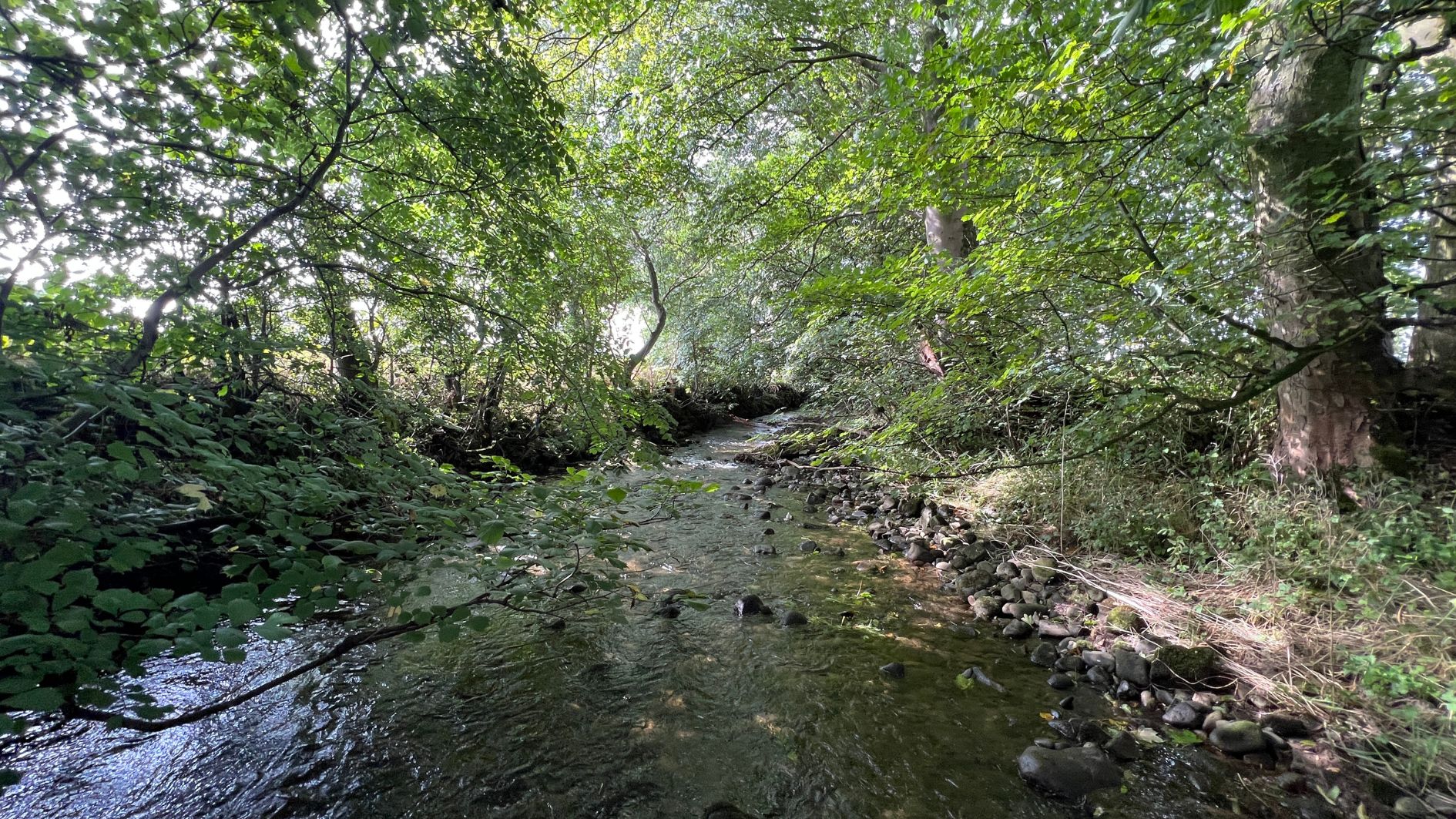
Rivers and trees; nature’s dream team
In the rolling landscapes of Lancashire, where the countryside meets the water, there are hundreds of miles of riverside woodland. This unassuming habitat offers more than just a pretty view, it plays a vital role in addressing climate change and biodiversity concerns.
So, let’s explore river woodlands and we’ll tell you why they are a perfect match for our rivers.
What is River Woodland?
Also known as riparian woodland, these habitat havens thrive along the banks of rivers, streams, and watercourses. These woodlands form a crucial wildlife corridor, often in areas that have seen the loss of other important habitats. Planting and restoring woodland along waterways brings multiple benefits, including flood control, thriving wildlife, and improved water quality. This is why woodland creation is one of the UN’s Sustainable Development Goals. With almost 3,500 miles of watercourses in the Ribble Catchment, we have the potential for a lot of trees!
Trees for Water
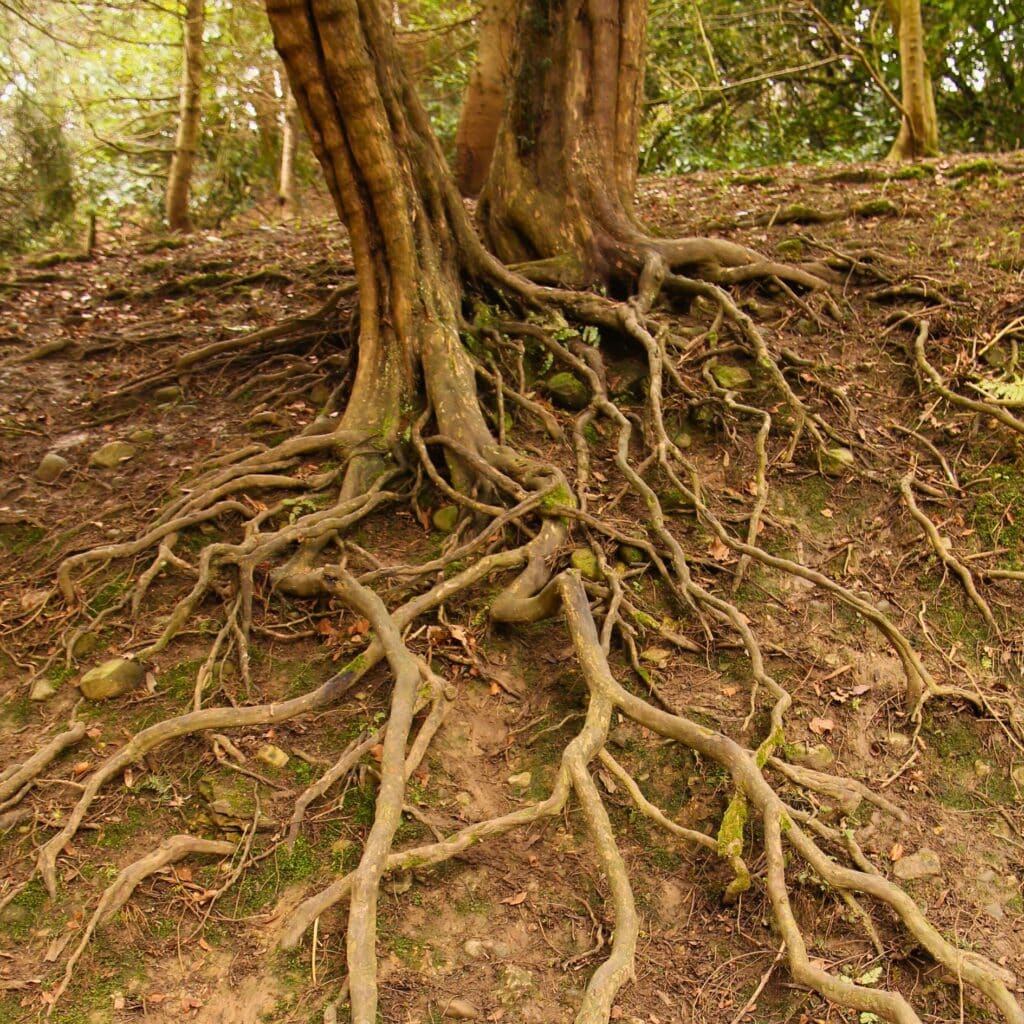
Riverside trees help to regulate nutrient levels, intercepting excess sediments, pesticides and fertilisers from the rainwater and land run-off. This action helps to prevent these nasties from reaching the water. In turn this reduces issues they cause including algal blooms, mass invertebrate kills, and other undesirable incidents.
Riverside trees also lock up the soil and sediments in and around our riverbanks, preventing erosion and stabilising the land. The roots of riverside trees form a structure that holds soil in place, protecting it from high water flows.
Trees for Fish
Roots, fallen trees, and woody debris create safe havens for fish to hide from predators, shelter from high flows, and spawn the next generation of youngsters. In fact, healthier rivers often look very messy with submerged and overhanging trees galore.
One of the most important roles trees play is providing shade. Shaded waters are usually much, much cooler than unshaded rivers, especially at the height of summer. Species like Atlantic salmon need cooler water to survive and thrive as cooler water is much more oxygen rich. Warmer water is also prone to damaging algal blooms.
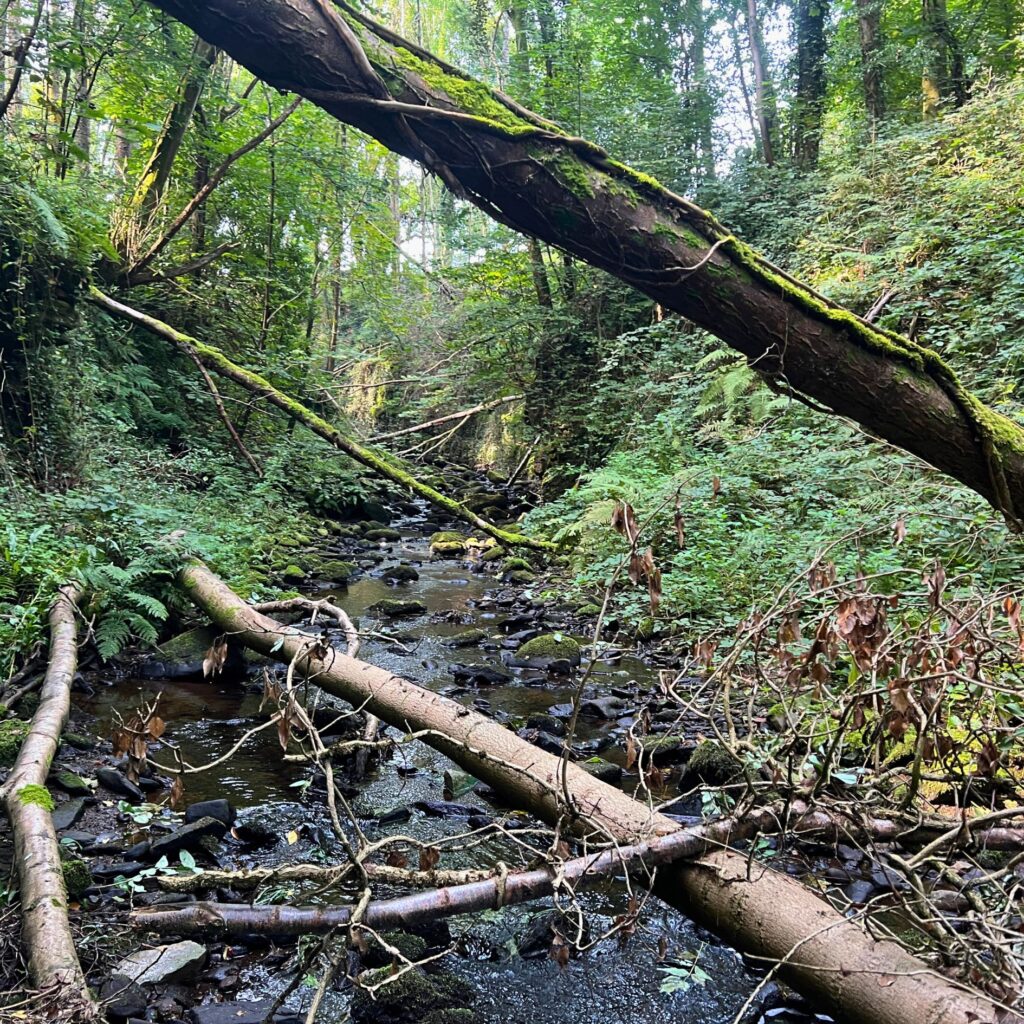
Trees for Nature
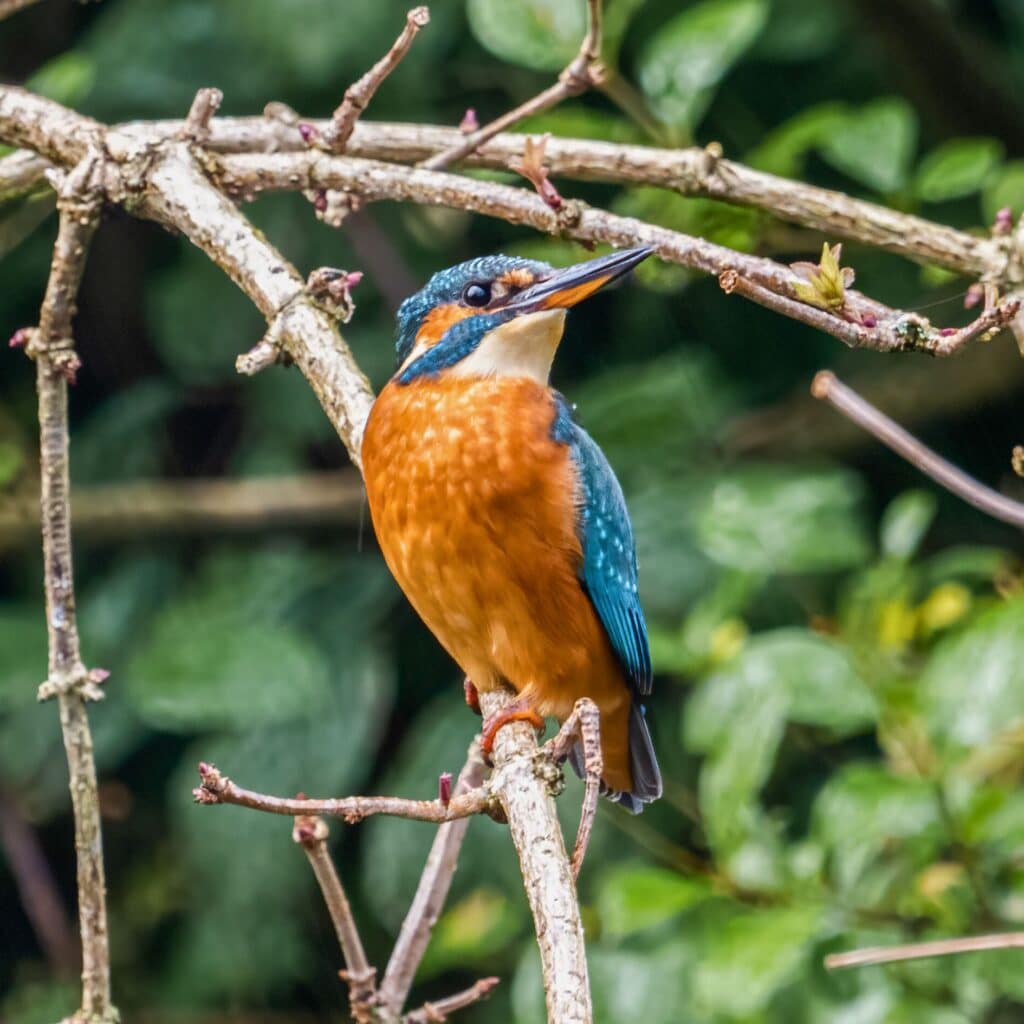
Planting woodlands along rivers isn’t just about aesthetics; it’s an essential if we want to work towards nature recovery. Our woodlands provide shelter and nourishment for every part of the animal kingdom. From tiny invertebrates and amazing amphibians, through to our beautiful native birds and marvellous mammals. It goes without saying that they’re great for fish too!
As they grow, our new woodlands are designed to reconnect habitats, providing homes and safe wildlife corridors for animals, whilst encouraging a diverse range of flora and fauna.
Trees for Flooding
As climate change intensifies, the role of trees in reducing flooding becomes paramount. River woodlands act as a natural solution against rising waters. They do this by intercepting the rain with their canopy and leaves, absorbing water through their roots, and even improving soil texture and porosity so that the ground can take in more water, acting like a soily sponge.
Trees are becoming more and more popular as a natural flood management tool. In some cases traditional hard engineering is still required, but trees certainly do their part to protect us from floods.
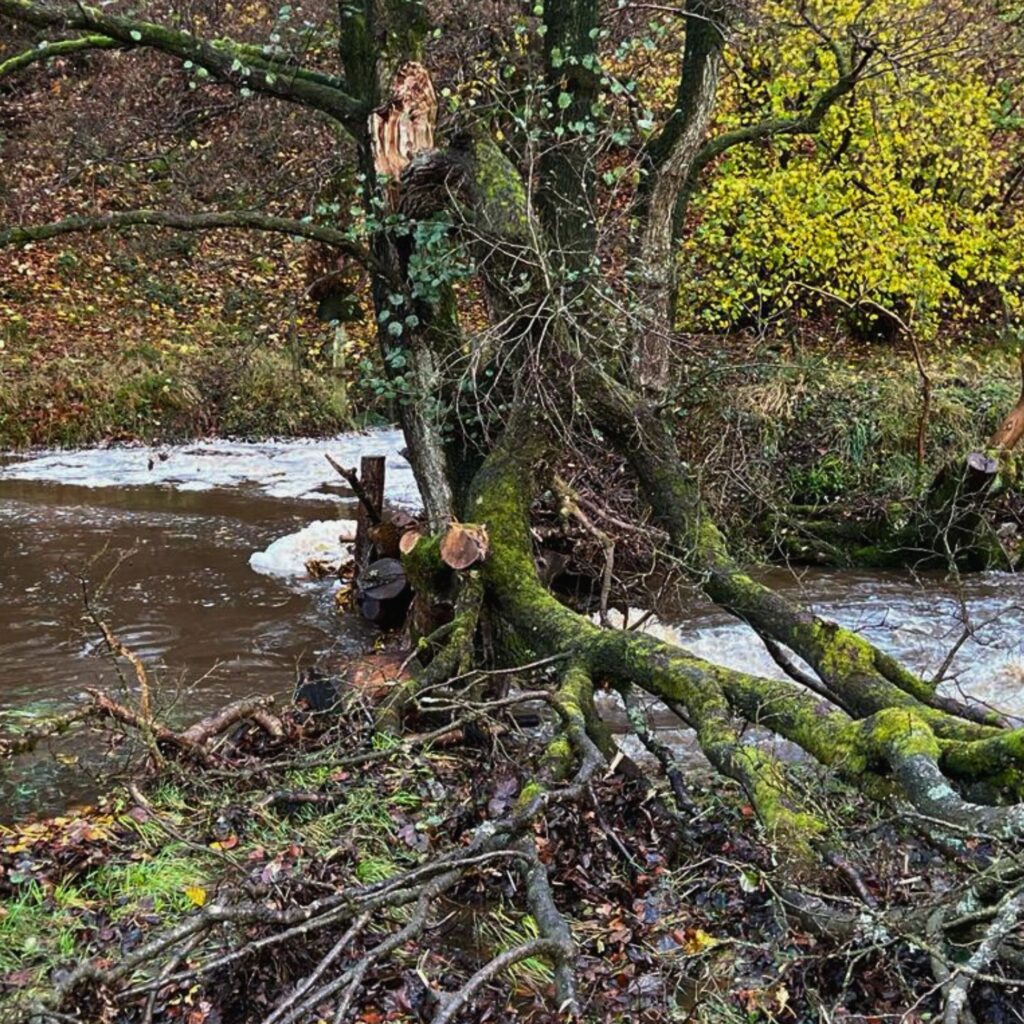
Trees for climate change
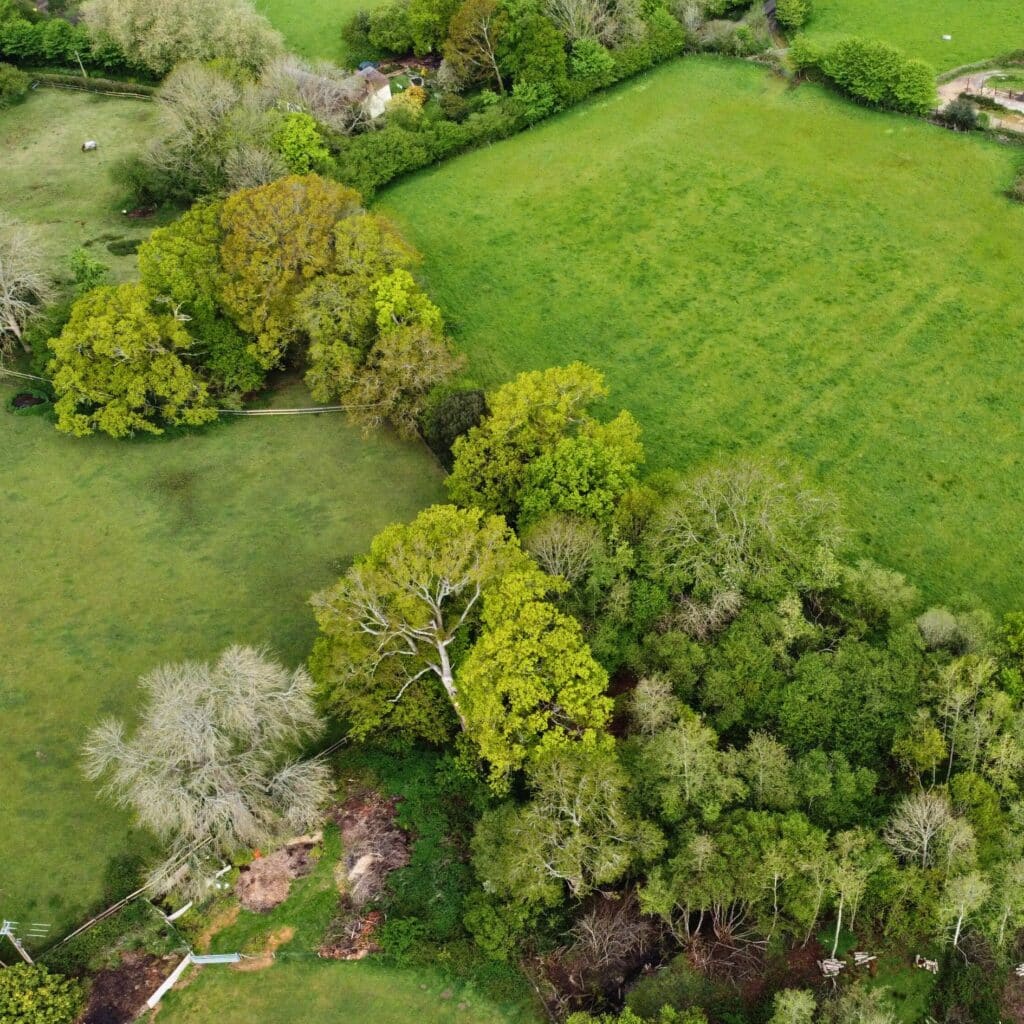
Trees are the unsung heroes in the battle against climate change. If there aren’t already enough reasons to love trees, they’re also helping to reduce the effects of climate change. This is because trees actively lock up carbon, the main cause of culprit behind our changing environment.
As a tree grows it takes in carbon dioxide and releases oxygen, keeping the carbon locked inside its structure. As the tree grows it slowly improves soil health too, and healthy soils also store huge quantities of carbon. However, it’s worth noting that it takes a few years for a tree to start taking in carbon- it’s not an instant fix!
Interested in Planting River Woodland?
So, rivers and trees are indeed a perfect match. By embracing river woodlands, you’re not just enhancing the beauty of your land; you’re contributing to a healthier environment.
Now that you’re intrigued, contact our friendly land management team. You might be eligible for funding or grants, and we can help with this process, from planning to planting. If this isn’t for you, you can donate a tree here instead- it’s quick and easy!

